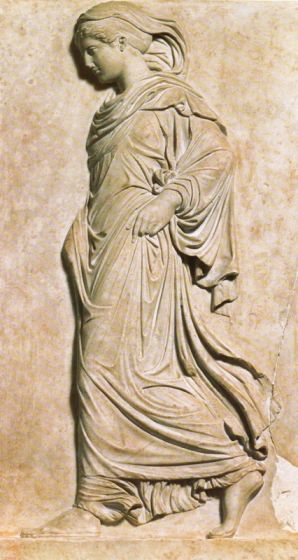Eurythmy
The word eurythmy stems from Greek roots meaning beautiful or harmonious rhythm. The term was used by ancient Greek and Roman architects to refer to the harmonious proportions of a design or building. The English word eurythmy was used from the 17th to 19th century to refer not only to harmonious architectural proportions, but also to “rhythmical order or movement” and “a graceful proportion and carriage of the body”.
Eurythmy is also the name for “visible speech” and “visible music”.
In 1912, Dr. Rudolf Steiner (1861-1925), philosopher, scientist and initiate, who was the founder of Anthroposophy, Biodynamic Agriculture, Waldorf Schools and Anthroposophical Medicine, developed this new art of movement, Eurythmy. He perceived how speech and music translate into movement and how this affects the human being. Every vowel and every consonant are expressed with a specific gesture, as well as every tone of music and intervals are expressed with specific movements.
Who benefits from Eurythmy?
Every human being from preschool to olden age benefits from Eurythmy.
With Eurythmy, we can prevent and counteract the experience of stress and tension of our modern life style. Eurythmy can be regarded as ‘Tai Chi for the West”. It has an enlivening effect on the life forces (Chi), harmonizes the body, soul and spirit while connecting us with nature, our fellow human beings and the cosmos as we move together with poetry, music and rhythm.
Eurythmy classes are fun, serious, humorous and enlivening.
We differentiate between
Artistic Eurythmy – eurythmy stage performances of poetry, stories and music.
Pedagogical Eurythmy – is taught to all students in Waldorf Schools from Kindergarten to 12th grade to support coordination and orientation in space, to foster social skills, build self-esteem while balancing and supporting the integration of academic learning.
Eurythmy in the work place – for its harmonizing quality to counteract the one-sidedness of work situations. It is also known for improving team building processes and communication.
Eurythmy for lay classes (adults of all ages) – for recreational and preventative purposes, to increase health and flexibility and to nourish body, soul and spirit.
Eurythmy Therapy – the sound movements are intensified and tailored to the individual situation of a child or an adult. The sounds become a remedy to accompany and support an individual on the path of healing.
